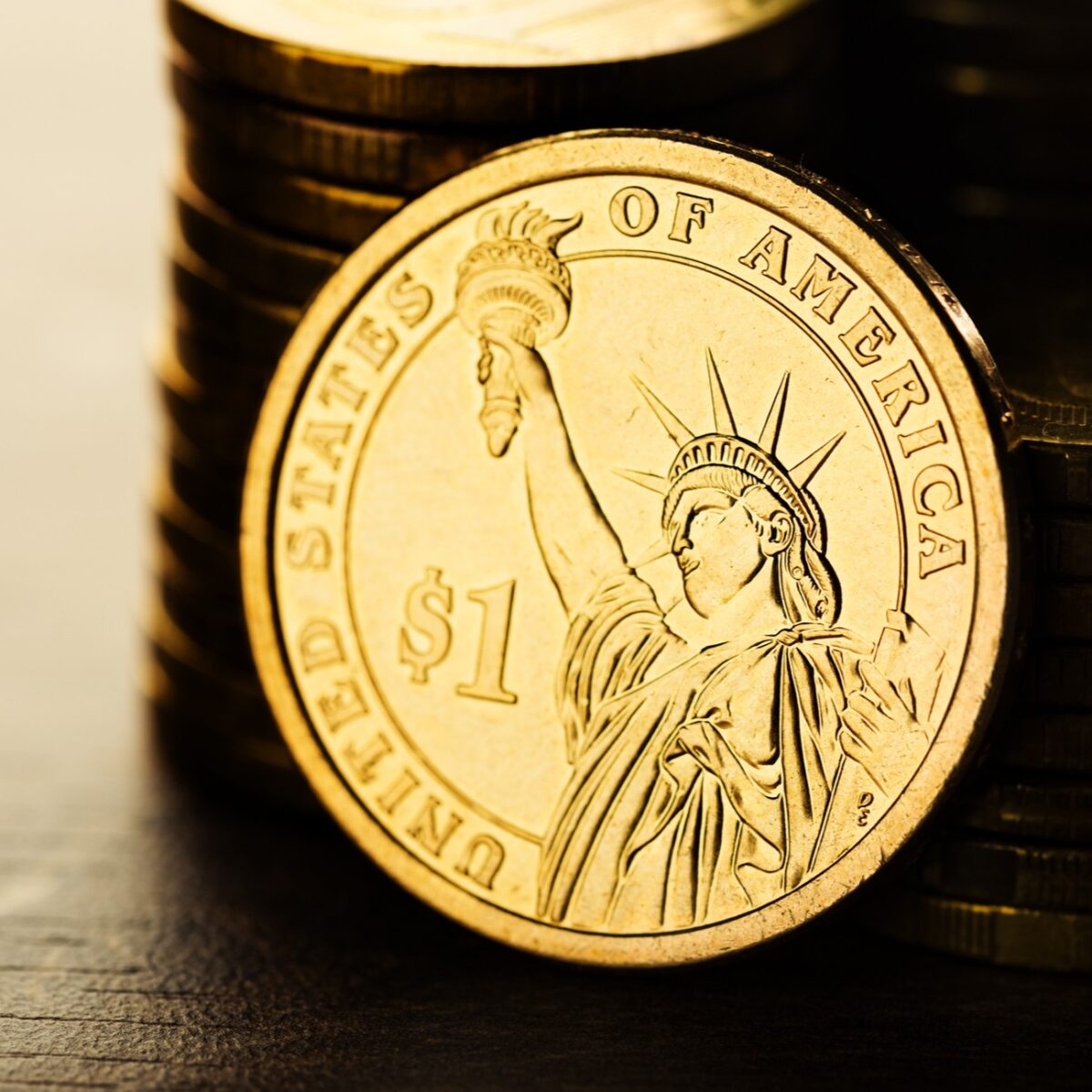PALO ALTO, Calif. (Reuters) - The Federal Reserve is looking at a broad series of issues around digital payments and currencies, including policy, design and legal factors to consider around potentially releasing its own digital currency, Governor Lael Brainard said on Wednesday. Brainard's remarks recommend more openness to the possibility of a Fed-issued digital coin than in the past." By changing payments, digitalization has the potential to provide greater value and convenience at lower expense," Brainard said at a conference on payments at the Stanford Graduate School of Organization.
Main banks globally are debating how to handle digital finance technology and the dispersed journal systems used by bitcoin, which guarantees near-instantaneous payment at possibly low expense. The Fed is developing its own day-and-night real-time payments and settlement service and is currently evaluating 200 comment letters submitted late in 2015 about the suggested service's style and scope, Brainard said.
Less than two years ago Brainard told a conference in San Francisco that there is "no engaging showed requirement" for such a coin. But that was prior to the scope of Facebook's digital currency aspirations how to buy fedcoin were extensively understood. Fed officials, consisting of Brainard, have actually raised issues about customer defenses and information and personal privacy risks that could be postured by a currency that might enter into use by the 3rd of the world's population that have Facebook accounts.
" We are collaborating with other reserve banks as we advance our understanding of reserve bank digital currencies," she said. With more countries checking out issuing their own digital currencies, Brainard stated, that contributes to "a set of factors to also be ensuring that we are that frontier of both research study and policy development." In the United States, Brainard stated, issues that require research study consist of whether a digital currency would make the payments system much safer or easier, and whether it might present financial stability risks, consisting of the possibility of bank runs if cash can be turned "with a single swipe" into the main bank's digital currency.
To counter the monetary damage from America's unmatched nationwide lockdown, the Federal Reserve has taken unprecedented actions, including flooding the economy with dollars and investing straight in the economy. The majority of these relocations got grudging approval even from lots of Fed doubters, as they saw this stimulus as needed and something just the Fed could do.
My new CEI report, "Government-Run Payment Systems Are Unsafe at Any Speed: The Case Versus Fedcoin and FedNow," information the dangers of the Fed's present strategies for its FedNow real-time payment system, and proposals for central bank-issued cryptocurrency that have been dubbed Fedcoin or the "digital dollar." In my report, I discuss issues about privacy, information security, currency manipulation, and crowding out private-sector competition and development.

Proponents of FedNow and Fedcoin state the click here federal government should produce a system for payments to deposit quickly, rather than motivate such systems in the economic sector by raising regulative barriers. However as noted in the paper, the personal sector is offering a relatively endless supply of payment technologies and digital currencies to solve the problemto the level it is a problemof the time gap between when a payment is sent out and when it is gotten in a savings account.
And the examples of private-sector innovation in this area are lots of. The Clearing Home, a bank-held cooperative that has been routing interbank payments in different kinds for more than 150 years, has actually been clearing real-time payments considering that 2017. By the end of 2018 it was covering half of the deposit base in the U.S.